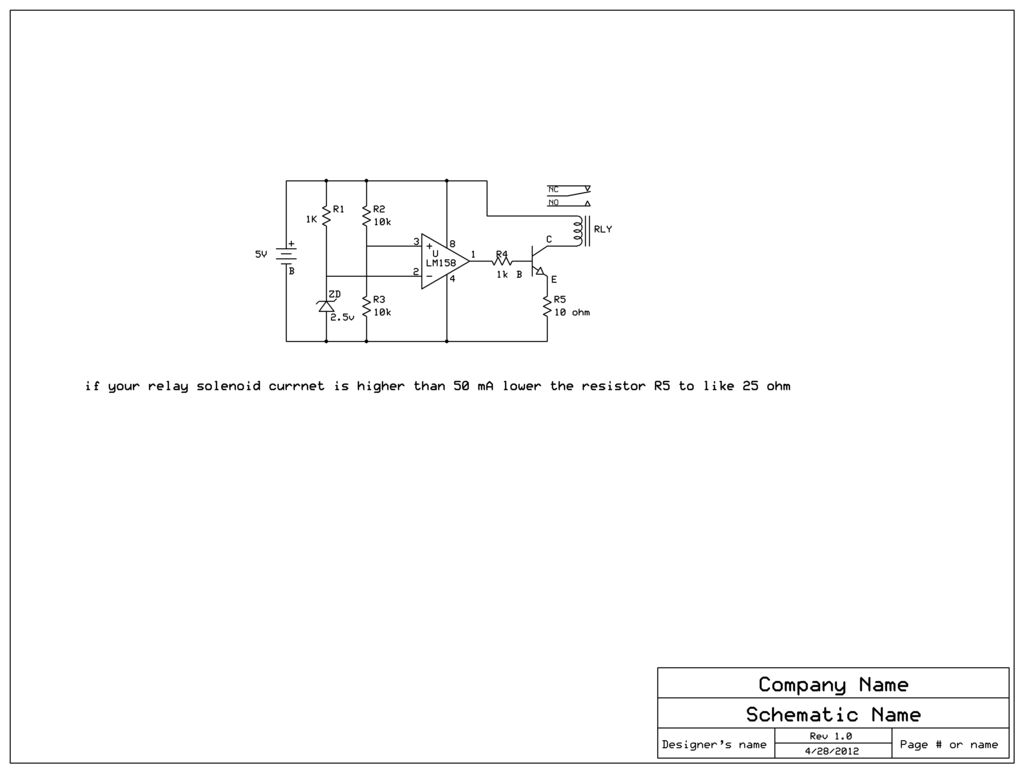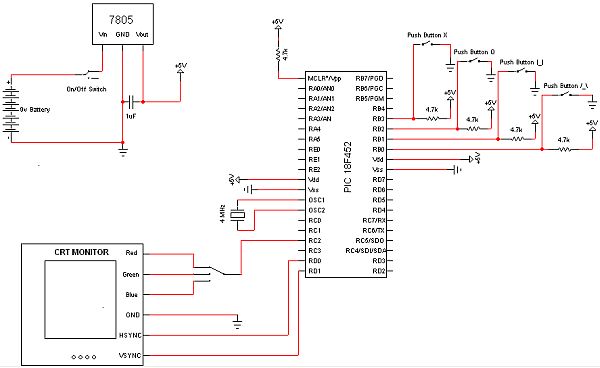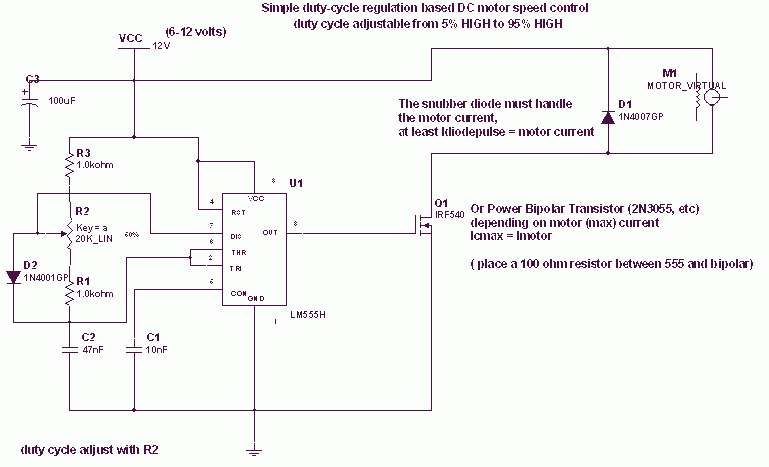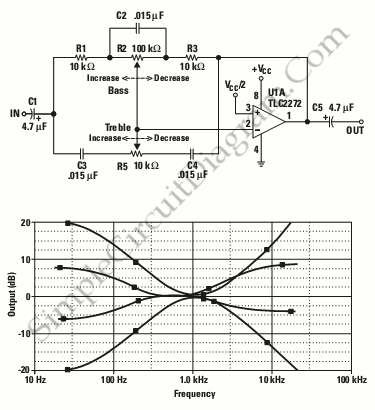
TL163 IC For Ultrasonic Remote Control
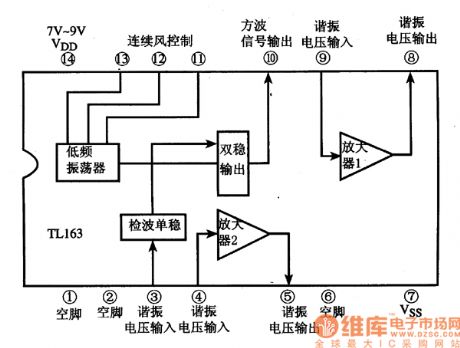
The following circuit illustrates the TL163 integrated circuit used in an ultrasonic remote control circuit diagram. Features include a detector, high-gain amplifier, and low-frequency capabilities.
The TL163 integrated circuit serves as a pivotal component in ultrasonic remote control applications, facilitating the transmission and reception of ultrasonic signals. The circuit typically comprises several key elements: a high-gain amplifier, a detector, and a low-frequency oscillator.
The high-gain amplifier amplifies the weak ultrasonic signals received by the system, ensuring that they are sufficiently strong for further processing. This amplification is crucial for improving the signal-to-noise ratio, thereby enhancing the reliability of the remote control operation. The amplifier is often configured in a non-inverting mode to maintain signal integrity while boosting the amplitude.
The detector circuit is responsible for identifying the presence of ultrasonic signals. It converts the received sound waves into an electrical signal that can be interpreted by the control system. This conversion process is typically achieved using a piezoelectric transducer, which generates an electrical output in response to mechanical vibrations from ultrasonic waves.
Additionally, the low-frequency oscillator generates the carrier frequency used for transmitting the ultrasonic signals. This oscillator is designed to operate at frequencies typically above the audible range, ensuring that the signals remain imperceptible to human hearing while still being effective for remote control applications.
Overall, the integration of these components within the TL163 circuit allows for effective ultrasonic communication, suitable for various remote control tasks, including but not limited to, remote lighting systems, garage door openers, and other automated control systems. Proper design considerations, including component selection and layout, are essential to optimize performance and ensure reliable operation in practical applications.The following circuit shows about TL163 IC For Ultrasonic Remote Control Circuit Diagram. Features:detector, high-gain amplifier, low-frequency .. 🔗 External reference
The TL163 integrated circuit serves as a pivotal component in ultrasonic remote control applications, facilitating the transmission and reception of ultrasonic signals. The circuit typically comprises several key elements: a high-gain amplifier, a detector, and a low-frequency oscillator.
The high-gain amplifier amplifies the weak ultrasonic signals received by the system, ensuring that they are sufficiently strong for further processing. This amplification is crucial for improving the signal-to-noise ratio, thereby enhancing the reliability of the remote control operation. The amplifier is often configured in a non-inverting mode to maintain signal integrity while boosting the amplitude.
The detector circuit is responsible for identifying the presence of ultrasonic signals. It converts the received sound waves into an electrical signal that can be interpreted by the control system. This conversion process is typically achieved using a piezoelectric transducer, which generates an electrical output in response to mechanical vibrations from ultrasonic waves.
Additionally, the low-frequency oscillator generates the carrier frequency used for transmitting the ultrasonic signals. This oscillator is designed to operate at frequencies typically above the audible range, ensuring that the signals remain imperceptible to human hearing while still being effective for remote control applications.
Overall, the integration of these components within the TL163 circuit allows for effective ultrasonic communication, suitable for various remote control tasks, including but not limited to, remote lighting systems, garage door openers, and other automated control systems. Proper design considerations, including component selection and layout, are essential to optimize performance and ensure reliable operation in practical applications.The following circuit shows about TL163 IC For Ultrasonic Remote Control Circuit Diagram. Features:detector, high-gain amplifier, low-frequency .. 🔗 External reference
